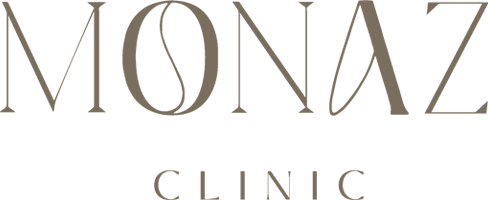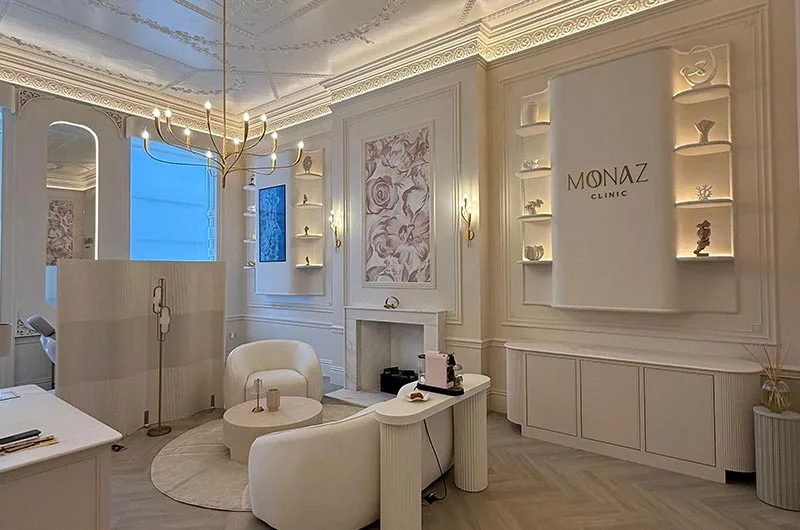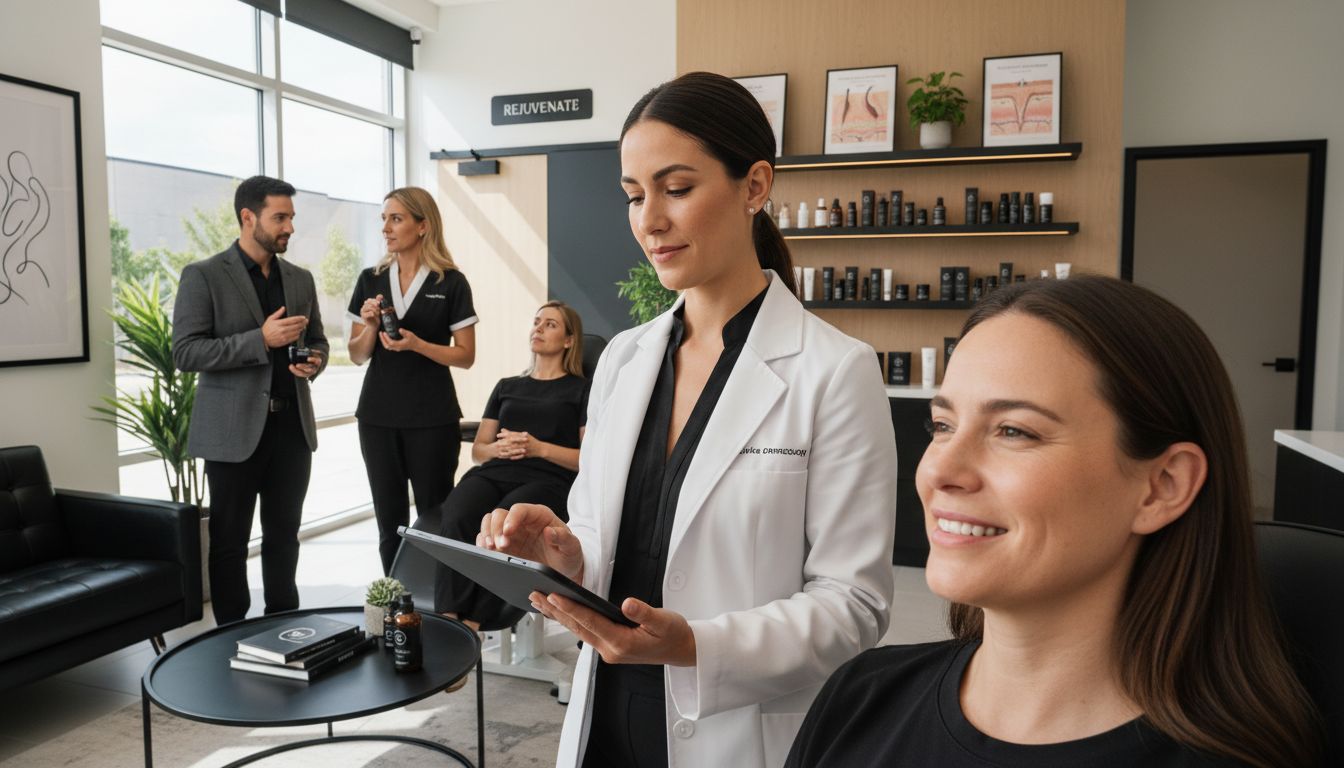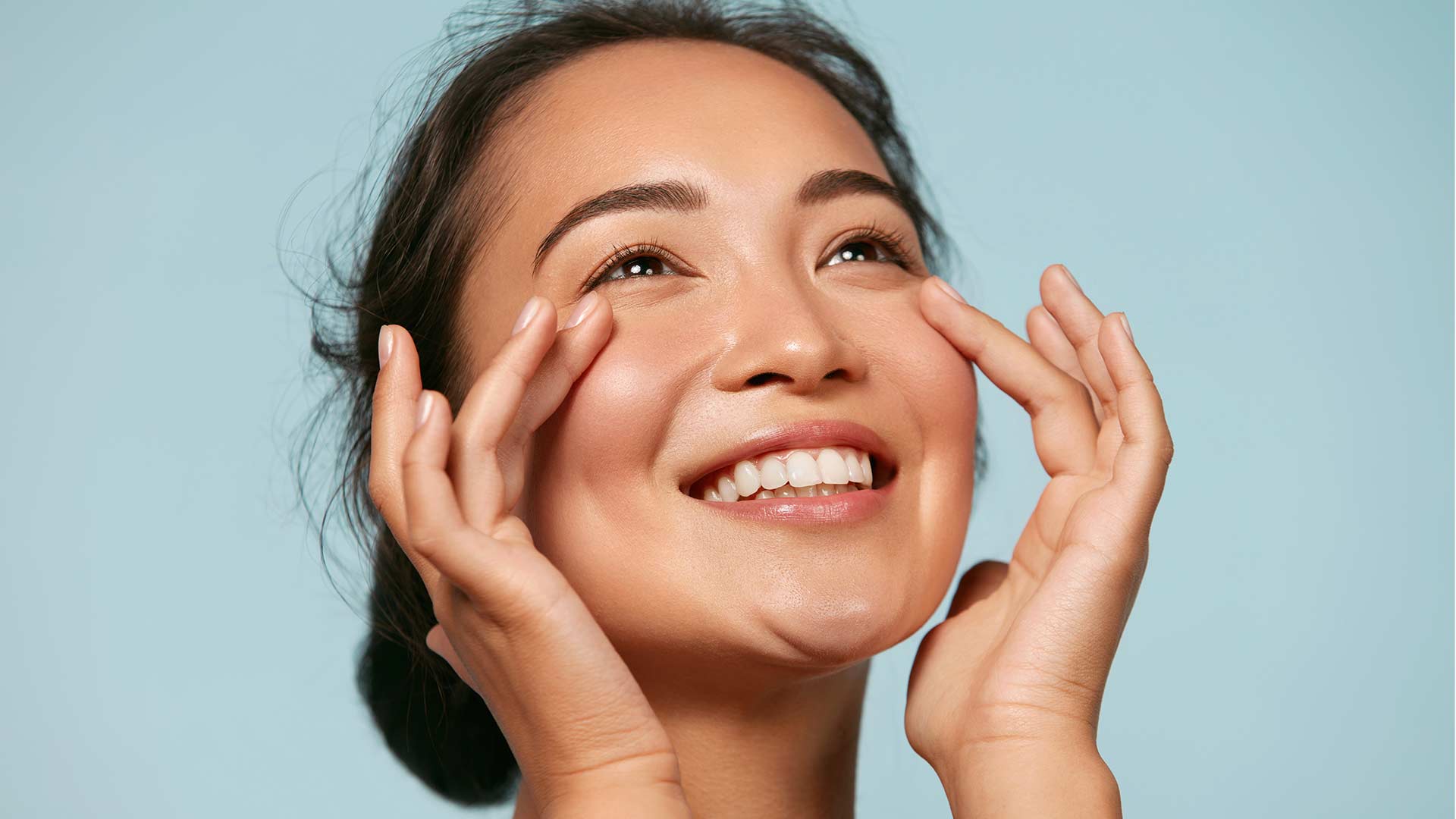Comprehensive guide to aesthetic medicine: types, non-surgical treatments, patient safety, and regulation in London. Understand risks, benefits, and choices.
Did you know that over 900,000 non-surgical cosmetic procedures are performed in the UK each year? Many people believe these treatments are purely about looks, but aesthetic medicine blends art with advanced healthcare to address more than surface beauty. Misconceptions can put patients at risk, making it vital to understand what aesthetic medicine truly offers and why choosing a medically qualified practitioner is so important for both safety and stunning results.
Key Takeaways
| Point | Details |
|---|---|
| Aesthetic Medicine Definition | Aesthetic medicine focuses on non-surgical cosmetic treatments, enhancing physical appearance through minimally invasive techniques. |
| Regulatory Landscape | The field operates in a regulatory grey area in the UK, highlighting the need for proper licensing and qualifications among practitioners. |
| Treatment Range for Women | Aesthetic treatments offer tailored, non-surgical options for women, promoting natural beauty and confidence through a variety of procedures. |
| Importance of Practitioner Qualifications | Patients should select practitioners with verified medical qualifications and adherence to safety standards to ensure effective and safe treatment experiences. |
Table of Contents
- Defining Aesthetic Medicine And Common Misconceptions
- Types Of Aesthetic Medicine Treatments For Women
- How Non-Surgical Facial Aesthetics Work
- Medical Regulation And Practitioner Qualifications In The UK
- Risks, Safety Measures, And Patient Considerations
Defining Aesthetic Medicine And Common Misconceptions
Aesthetic medicine represents a sophisticated branch of healthcare focusing on non-surgical cosmetic treatments designed to enhance and rejuvenate appearance. Aesthetic treatments are medical procedures that improve physical aesthetics through minimally invasive techniques, targeting concerns like skin aging, texture, and facial contours.
Contrary to popular belief, aesthetic medicine is not simply about vanity. Explore our comprehensive guide on aesthetic treatments to understand its nuanced medical foundations. According to recent UK government research, these procedures currently operate in a regulatory grey area. As noted in the 2025 Health and Care Act consultation, non-surgical cosmetic procedures like Botox and dermal fillers lack comprehensive legal definitions and mandatory practitioner controls.
Key misconceptions about aesthetic medicine include:
- Treatments are unregulated and can be performed by anyone
- Procedures are purely cosmetic with no medical consideration
- All aesthetic practitioners have identical qualifications
In reality, responsible aesthetic medicine requires:
- Advanced medical knowledge
- Precise technical skills
- Understanding of individual patient physiology
- Commitment to safety and natural-looking results
The UK government is actively considering licensing schemes to ensure safer, more qualified delivery of non-surgical aesthetic treatments. This underscores the importance of choosing practitioners who are medically qualified, registered with professional bodies, and committed to patient safety and excellence.
Types Of Aesthetic Medicine Treatments For Women
Aesthetic treatments offer women a sophisticated range of non-surgical options to enhance and rejuvenate their appearance. Discover our comprehensive list of aesthetic treatments, tailored specifically for women seeking subtle yet transformative results.
According to research from Yorkshire Skin Centre, modern aesthetic medicine encompasses diverse procedures targeting different aesthetic goals. These treatments include:
- Microneedling: Stimulating skin regeneration
- Skin Tightening: Using laser, radiofrequency, or ultrasound technologies
- PRP Therapy: Leveraging platelet-rich plasma for natural rejuvenation
- Injectable Treatments: Non-surgical rhinoplasty, anti-wrinkle injections, cheek and lip fillers
In London, sophisticated women often combine multiple treatments for comprehensive results. According to Cosmetic Skin Clinic research, popular combination approaches include:
- Non-surgical facelifts using dermal fillers and anti-wrinkle injections
- Sculptra ‘liquid facelift’ to stimulate long-term collagen production
- Advanced skin tightening techniques like Ultherapy and Morpheus8
- Thread-lifting procedures such as Silhouette Soft
- Laser-based Endolift for precise face and neck contouring
These treatments represent more than cosmetic enhancements—they’re personalised solutions designed to boost confidence and reveal each woman’s natural beauty. The key is selecting treatments that align with individual aesthetic goals and skin characteristics.
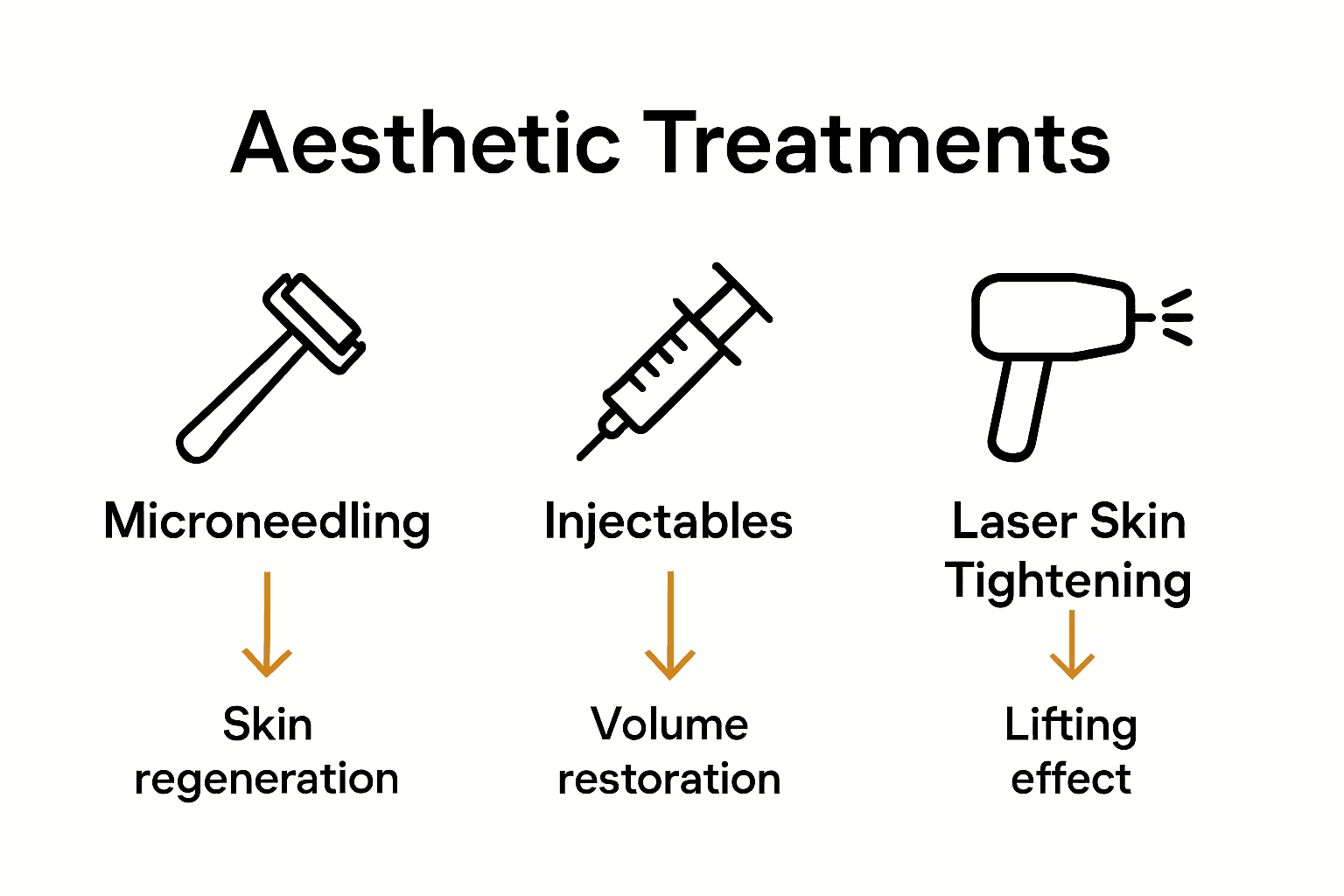
Here’s a comparison of the main types of non-surgical aesthetic treatments for women:
| Treatment Type | Method/Technology | Primary Benefit |
|---|---|---|
| Microneedling | Fine needles | Skin regeneration |
| Skin Tightening | Laser Radiofrequency Ultrasound | Improved firmness Lifting effect |
| PRP Therapy | Platelet-rich plasma | Natural rejuvenation |
| Injectable Treatments | Fillers Botox Non-surgical rhinoplasty | Volume restoration Smoothing lines |
| Thread Lifting | Biodegradable threads | Subtle facelift Contour |
| Endolift Laser | Targeted laser energy | Face/neck contouring |
How Non-Surgical Facial Aesthetics Work
Non-surgical facial aesthetics represent a revolutionary approach to skin rejuvenation, offering sophisticated treatments that transform appearance without invasive surgery. Learn more about our top non-invasive treatments designed to help women achieve natural, refined results.
According to Facial Sculpting research, these advanced treatments work through a strategic combination of techniques. The process typically involves:
- Anti-wrinkle injections to relax targeted facial muscles
- Skin boosters to regenerate and hydrate skin
- Polynucleotides to stimulate cellular renewal
- Endolift laser to promote collagen production
- Dermal fillers to restore volume and lift facial features
One particularly innovative technique is High-Intensity Focused Ultrasound (HIFU). As reported by Woman and Home, HIFU works by precisely targeting ultrasound energy beneath the skin, heating and stimulating collagen production in deeper facial layers. This creates what’s often called a ‘lunchtime facelift’ effect, with visible improvements typically emerging 2-3 months after treatment.
The magic of non-surgical facial aesthetics lies in their ability to deliver subtle, natural-looking enhancements.
By combining multiple advanced technologies, practitioners can address various skin concerns simultaneously—reducing fine lines, improving skin texture, restoring lost volume, and creating a more youthful, refreshed appearance without significant downtime or invasive procedures.
Medical Regulation And Practitioner Qualifications In The UK
Medical aesthetics in the United Kingdom currently operate in a complex regulatory landscape, where professional standards are guided by voluntary frameworks rather than comprehensive statutory regulations. Understand more about our commitment to professional standards and ensuring patient safety.
According to research from Derma Institute, aesthetic practitioners are strongly advised to meet specific professional standards, even without mandatory legal requirements. These recommended qualifications include:
- Completing a Level 7 Diploma in Aesthetic Medicine
- Obtaining appropriate professional indemnity insurance
- Working collaboratively with a prescribing clinician
- Registering with professional bodies such as JCCP, BCAM, BAMAN, or Save Face
- Maintaining comprehensive patient documentation and records
For regulated healthcare professionals like doctors, dentists, and nurses, additional oversight exists. As highlighted by the UK Commons Library research, these practitioners must adhere to standards set by their respective regulatory bodies, such as the General Medical Council (GMC). Voluntary accredited registers and upcoming licensing proposals aim to establish more structured qualification expectations and safety standards in aesthetic medicine.
The current regulatory approach emphasizes professional integrity, continuous education, and patient safety. While statutory regulation is developing, responsible practitioners proactively demonstrate their commitment to excellence by pursuing rigorous training, maintaining professional memberships, and prioritizing transparent, ethical patient care.
Risks, Safety Measures, And Patient Considerations
Aesthetic procedures require careful consideration of potential risks and comprehensive safety protocols. Learn about our patient safety approach to ensure a secure and confident treatment experience.
According to research from Wolverhampton City Council, patients may encounter several potential risks during aesthetic treatments, including:
- Filler-induced blindness
- Tissue necrosis
- Potential infections
- Allergic reactions
- Botox-related muscle drooping
To mitigate these risks, responsible clinics implement critical safety measures such as:
- Strict personal protective equipment (PPE) protocols
- Comprehensive hygiene standards
- Face-to-face prescribing consultations
- Appropriate professional insurance coverage
- Meticulous clinic cleanliness
- Thorough informed consent processes
The Guardian’s investigative research highlights the gravity of these concerns, noting that upcoming UK government regulations (planned for 2026) will restrict high-risk treatments to qualified healthcare professionals. These proposed measures underscore the critical importance of practitioner competence and rigorous safety standards in aesthetic medicine. Patients must prioritize choosing practitioners with verifiable medical qualifications, comprehensive training, and a demonstrable commitment to patient safety and ethical practice.
Discover Safe and Personalised Aesthetic Medicine in London
Are you feeling overwhelmed by confusing regulations, inconsistent practitioner qualifications, or uncertainty about which non-surgical treatments truly suit you? This guide highlights genuine concerns such as unregulated procedures, the need for advanced medical expertise, and the importance of finding trustworthy care for women. You deserve an approach that values your health, safety, and confidence above all else. For further insights and guidance on choosing the right treatments, visit our tips page.
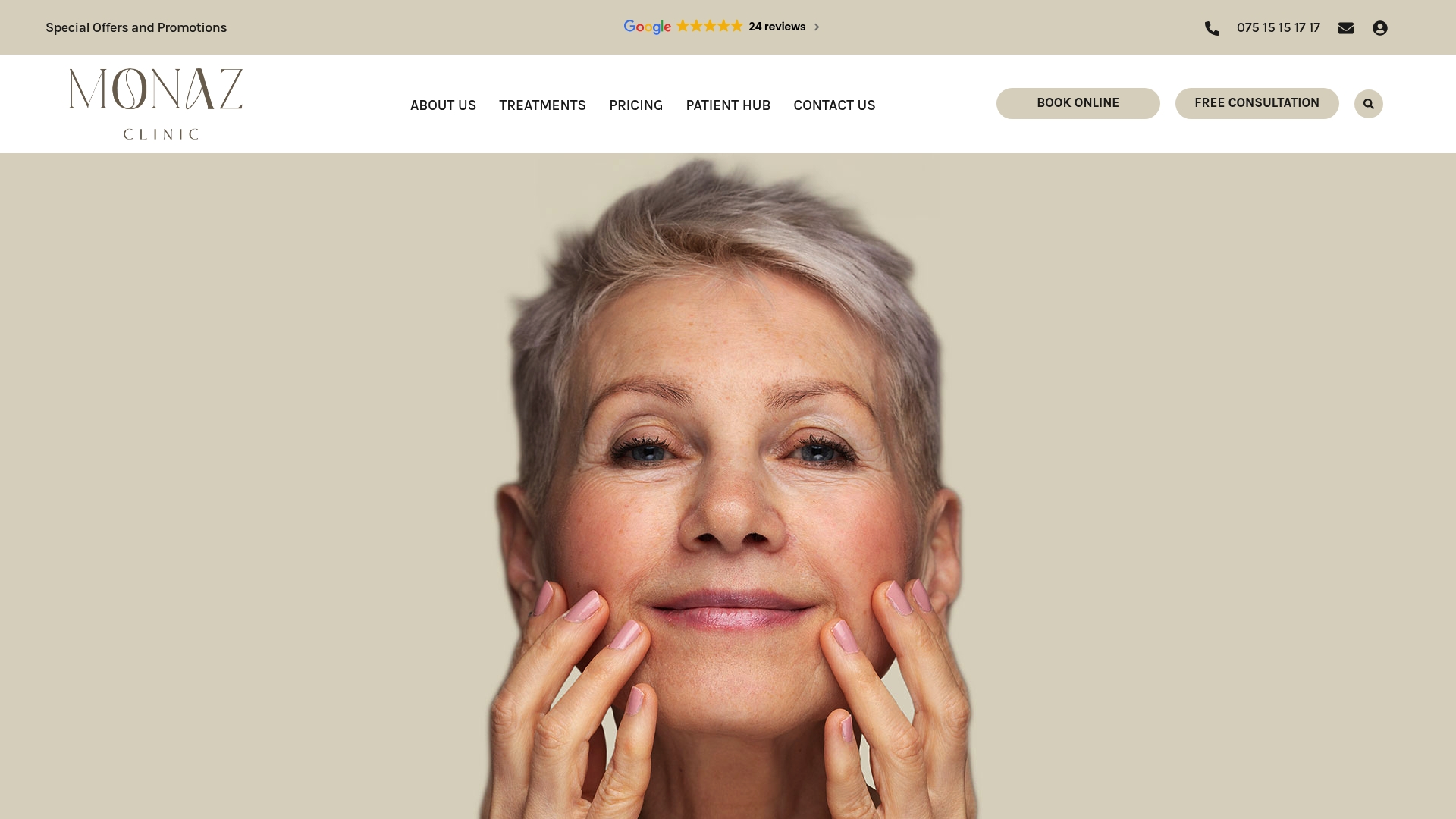
Take the first step towards natural-looking results and peace of mind with Monaz Clinic. Led by medically qualified professionals, our clinic in Harley Street specialises in bespoke, non-surgical facial aesthetics exclusively for women. Enjoy a complimentary pressure-free consultation in our historic location and discover advanced solutions designed just for you. Start your journey by exploring Monaz Clinic or arrange a visit today for expert guidance tailored to your needs.
Frequently Asked Questions
What is aesthetic medicine?
Aesthetic medicine is a branch of healthcare focusing on non-surgical cosmetic treatments that enhance and rejuvenate a person’s appearance, addressing concerns like skin aging, texture, and facial contours.
What types of non-surgical aesthetic treatments are available?
Common treatments include microneedling, skin tightening, PRP therapy, and injectable treatments like Botox and dermal fillers. Each serves different aesthetic goals, from skin regeneration to volume restoration.
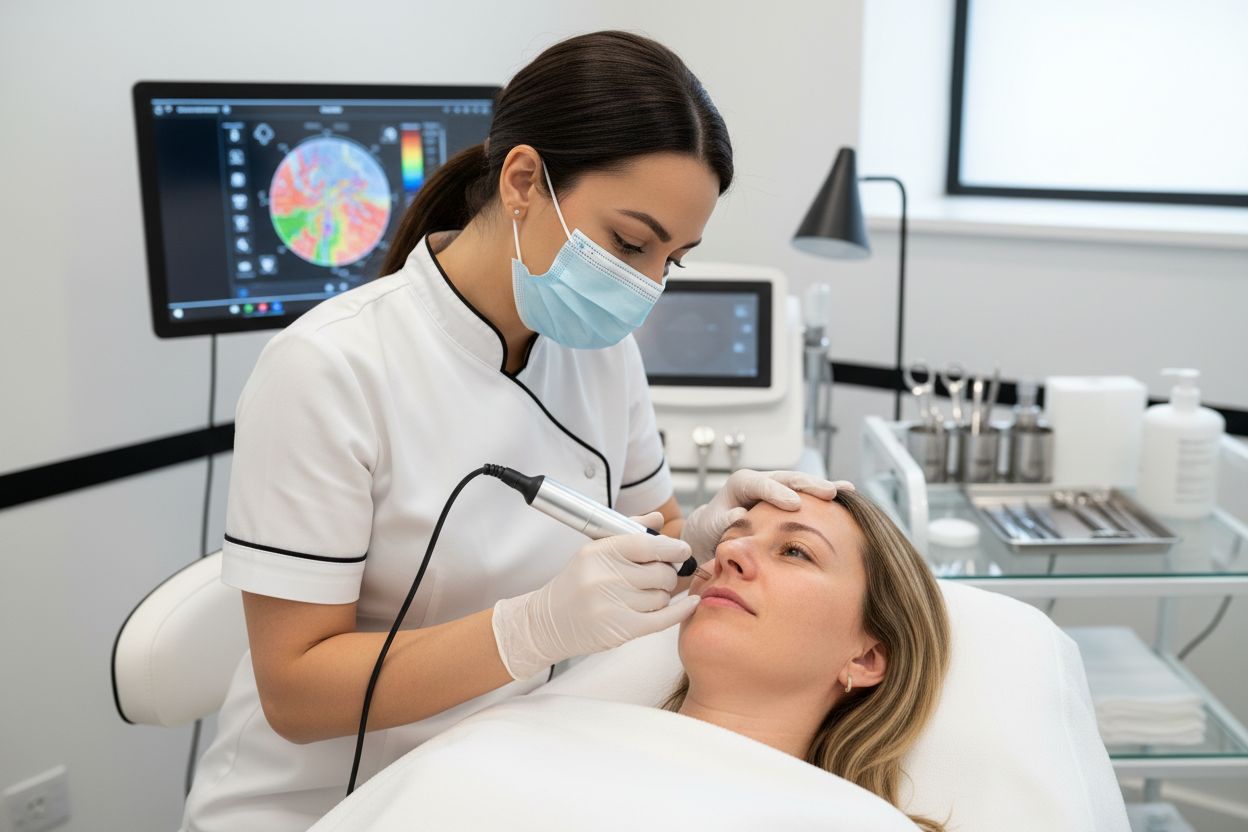
How do non-surgical aesthetic procedures work?
These procedures utilize techniques such as anti-wrinkle injections to relax facial muscles, skin boosters for hydration, and lasers to promote collagen production, resulting in natural-looking enhancements without invasive surgery.
What qualifications should aesthetic practitioners have?
Practitioners should ideally complete a Level 7 Diploma in Aesthetic Medicine, obtain professional indemnity insurance, work collaboratively with prescribing clinicians, and be registered with professional bodies to ensure patient safety and compliance with industry standards.
